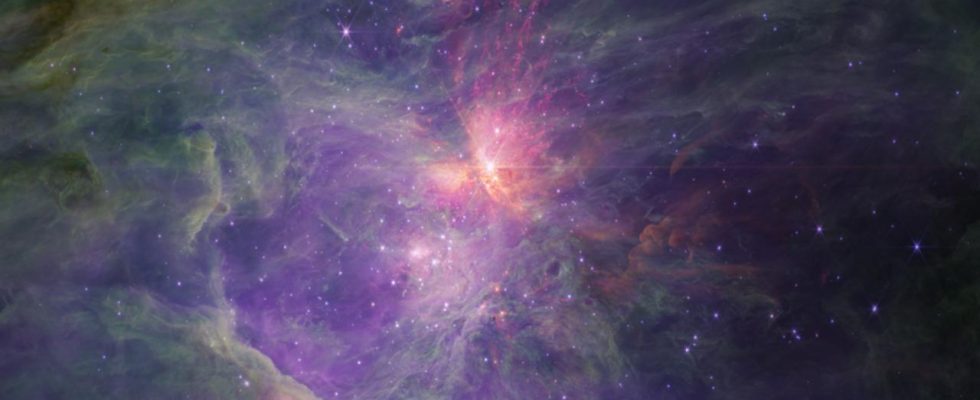The James Webb Space Telescope has captured a stunning new view of the Orion Nebula. By the way, the Orion Nebula has another name. You can also call it Messier 42. The Orion Nebula is one of the few cosmic bodies that form stars. This makes it one of the most valuable objects in the space universe. It also contains the young Trapezoidal Star Cluster. Adding a completely different dimension to space research, the James Webb Telescope gave the opportunity to look at Messier 42 from a wider perspective with its latest image. Thus, it provides more resources for astronomers’ space research. Here are the details…
James Webb Telescope sheds light on the mystery of the Orion Nebula!
Nebula, also known as Nebula, is a giant cloud of dust and gas in space. Thanks to its brightness, the Orion Nebula became the target of the Webb telescope. This nebula is one of the brightest nebulae in the night sky. In comparison, it is located just 1,344 light-years from Earth. It is located in the south of the Orion constellation region in the Milky Way Galaxy.
Some nebulae are formed by gas and dust released by stars that die as supernovae. Other nebulae are also found in regions where new stars are forming. This nebula is very important for Earth. Because it is located closest to the Earth. It serves as a guide for astronomers to understand star formation. Over the years, observations of the field and images of the Orion Nebula have helped to better understand star formation as a whole.
But now astronomers have discovered a new type of planet formation that should not exist. They called these Jupiter Mass Binary Objects, or JuMBOs. These JuMBOs are actually free-floating objects detected in the Orion Nebula. As for its size, it is actually very similar in mass to the gas giant Jupiter in our own solar system.
What’s more, dozens of these planets orbit each other. Unfortunately, scientists aren’t exactly sure how they form or even why they exist. Samuel Pearson from the European Space Agency (ESA), who worked on the observations, said that the new planets were discovered through the latest images of the Orion Nebula taken by the Webb Telescope.
Finally, scientists participating in the research stated that they captured the best images ever taken from the Orion Nebula thanks to the Webb Telescope. They also think these images will help us uncover more about a mysterious and much-studied part of the night sky.

